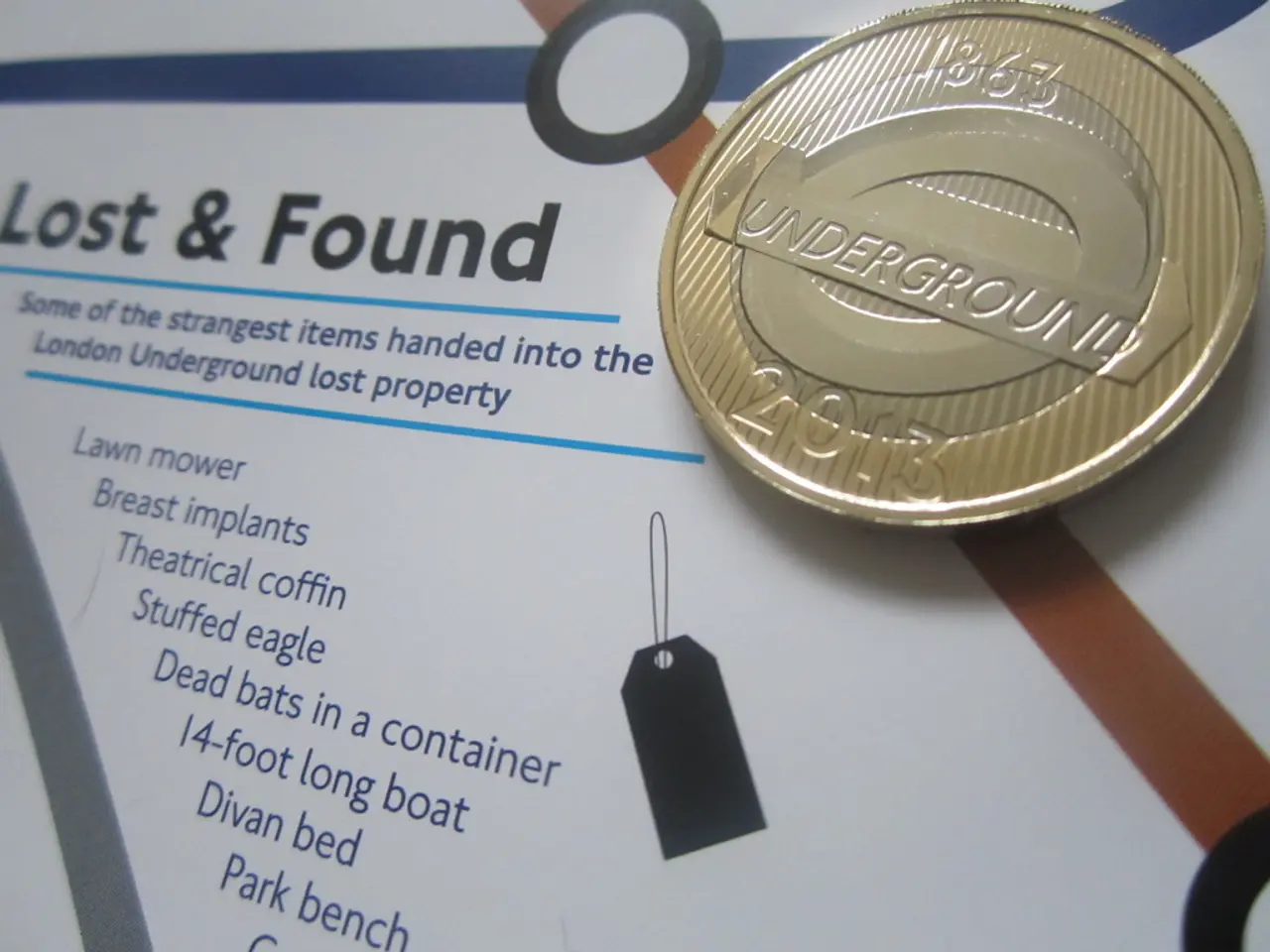Protesters are maintaining their stance
The Russian debt market has seen a significant shift in investor behavior, with a growing preference for floating-rate bonds. This trend is attributed to the Bank of Russia's move towards a softer monetary policy, marked by consecutive cuts in the key interest rate.
In a recent development, VEB.RF, a prominent issuer, successfully placed floating-rate bonds worth 100 billion rubles. The initial offering for these three-year papers was 50 billion rubles, but the issue volume was increased due to high demand. This deal stood out because the bonds had a floating coupon, unlike most issuers who have switched to placing debt papers with a fixed coupon.
Among the buyers of VEB.RF's floating-rate bonds were state and private banks, asset managers, insurance and investment companies, as well as wealthy private investors. The demand for these bonds was high due to a significant drop in the income of fixed-coupon bonds.
Issuers with a AAA rating are placing floaters with low margins, aiming to make such debt cheaper overall than fixed-coupon debt. This strategy allows them to benefit from the current monetary easing cycle while minimizing the risk of high interest payments during periods of rising rates.
In July, companies placed 60 issues worth around 500 billion rubles (excluding VEB), of which only 35 billion rubles were floaters, representing a 7% share compared to 35% in June and up to 58% in the spring months. This shift towards bonds with a fixed coupon is due to a sharp drop in yields after the Central Bank reduced the key rate from 21% to 20%.
The yields for quality issuers have declined from 17-19% per annum in May to 15-17% per annum after the Central Bank's key rate reduction. This trend is expected to continue, with experts predicting the preference for floating-rate notes to persist in the coming years due to a potential decrease in the key rate below 10% in two years.
Sergei Suverov, strategist at "Aricapital" Asset Management, believes that treasurers of banks and state financial corporations prefer floaters because they have virtually no market risk and are insensitive to changes in the key rate. This makes them an appealing choice for investors seeking to navigate a slowing yet still inflation-prone economy with gradually declining rates.
In March, SIBUR raised over 100 billion rubles, but it placed three issues simultaneously with a total volume of 143 billion rubles. This deal, along with VEB.RF's recent placement, is among the largest on the domestic debt market in 2025. Norilsk Nickel placed bonds worth 292.5 billion rubles in April.
Despite the growing demand for floating-rate bonds, demand for government bonds was low at the recent Ministry of Finance auctions due to high interest in VEB.RF's floating-rate bonds. This trend is expected to continue as the Bank of Russia's monetary easing cycle continues, making floating-rate bonds an attractive investment option for investors seeking to hedge against ongoing economic uncertainties and benefit from the flexible coupon payments tied to fluctuating interest rates.
Business entities, such as banks and investment companies, are increasingly favoring floating-rate bonds in their finance strategies, owing to the lower market risk and flexibility they offer amidst a slowing yet inflation-prone economy with gradually declining rates. This shift in investor behavior has been fueled by the Bank of Russia's softer monetary policy and consecutive cuts in the key interest rate, making floating-rate bonds an attractive investment option for those looking to hedge against ongoing economic uncertainties.




